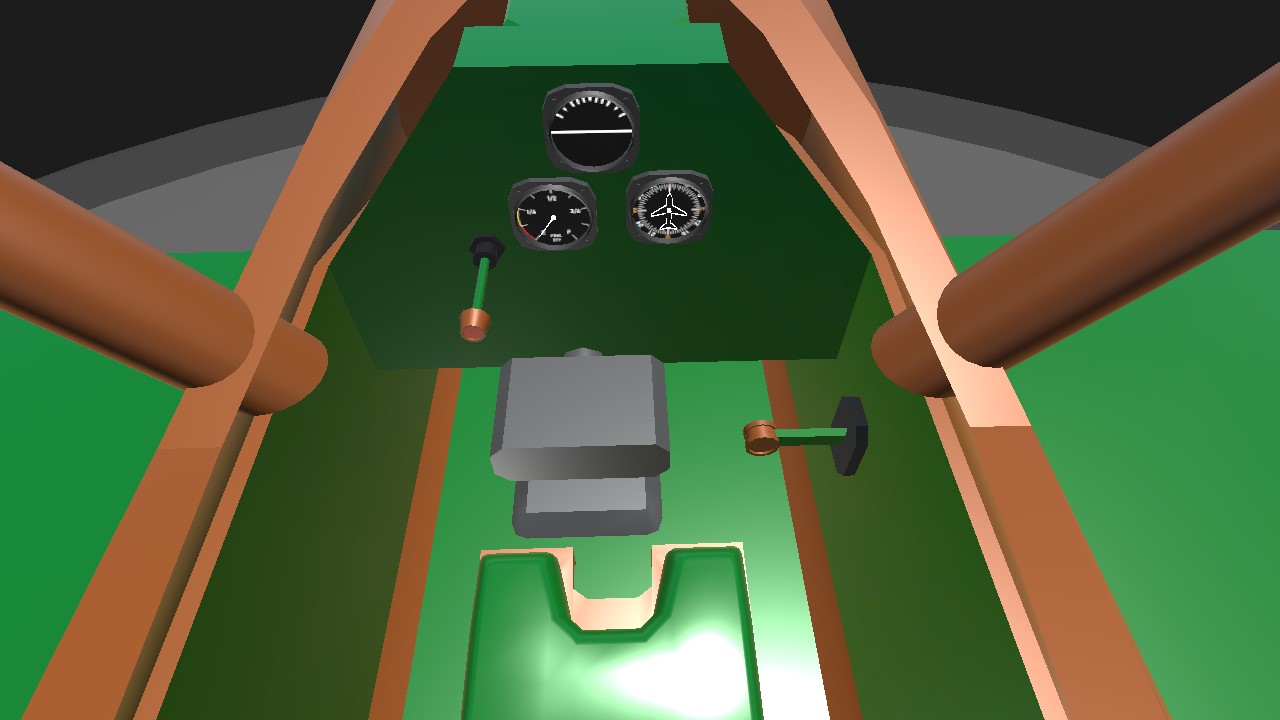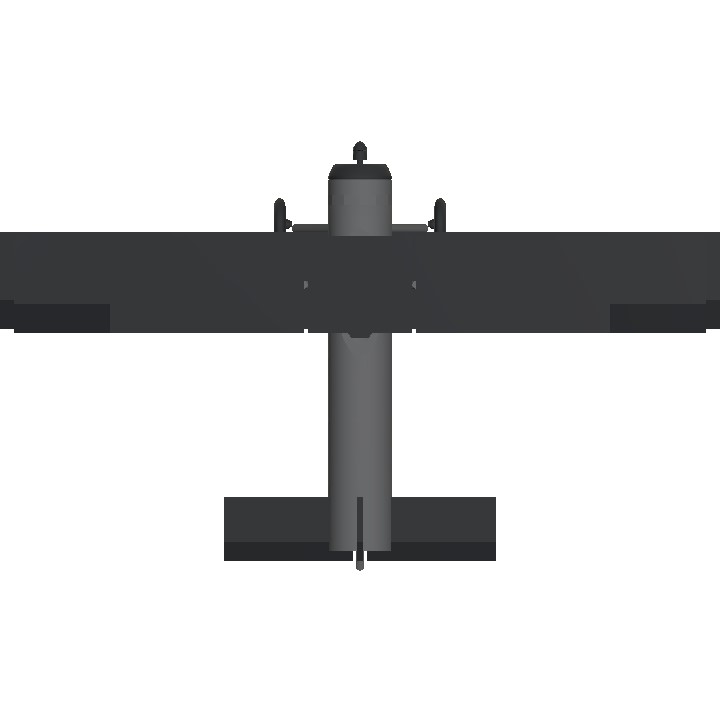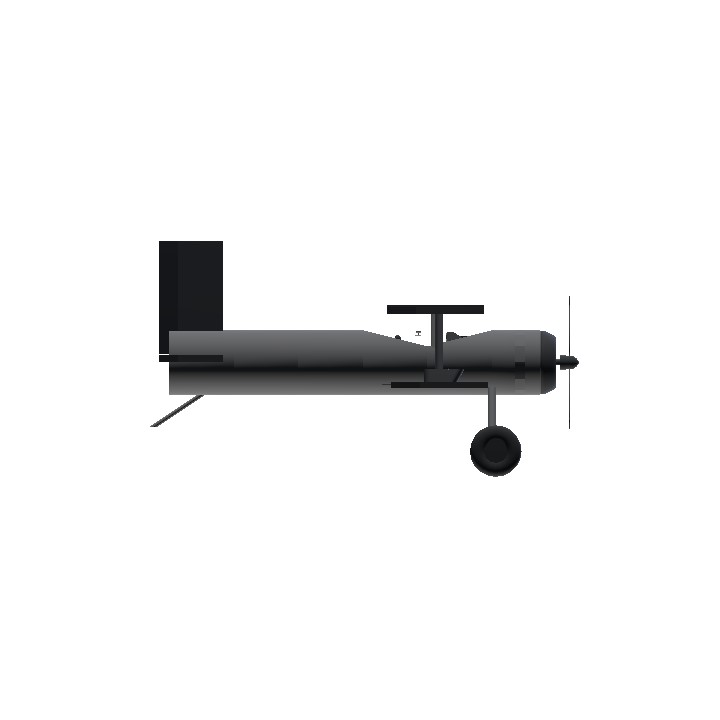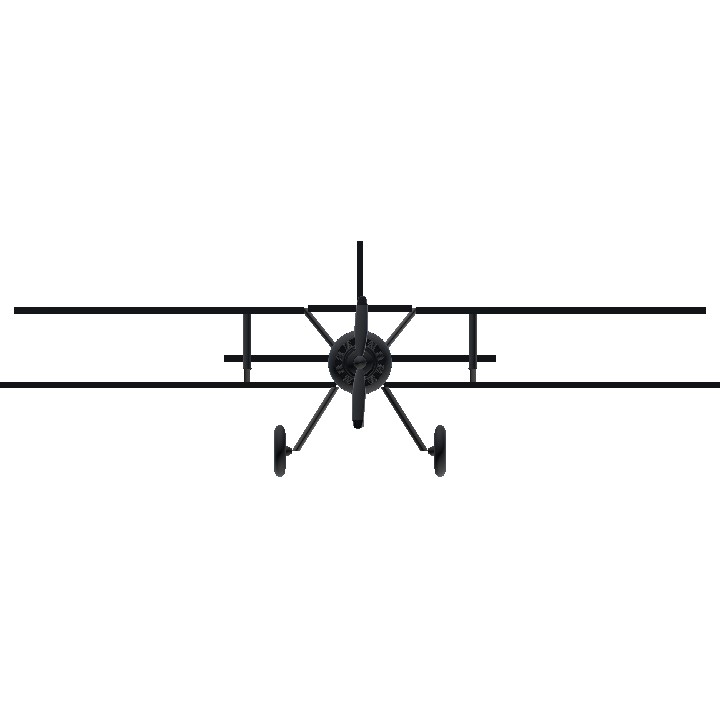The short-span D.IIc prototype had been further refined and with a narrower 1.00 m (3 ft 3 in) chord upper and lower wing, using the Göttingen 180 airfoil. One wing was slightly longer than the other to counter the P-factor of its huge four-blade propeller. The port panels outboard of the struts were 1,110 mm (44 in) in length, while those on the starboard side were 1,040 mm (41 in) long.[1] The performance improved noticeably in top speed and in climb rate over the D.III. An order for this model, now known as the D.IV, was placed in March 1918 and additional orders were placed as the qualities of the design became known. Aircraft started reaching operational units in August but of the 280 ordered only 123 were completed by the end of the war, about half of those reaching operational units.
Although the short landing gear and limited prop clearance led to tricky landing, the plane was otherwise easy to fly. It had a very short take-off run and at heights above 4,000 m (13,000 ft) was faster and more manoeuvrable than the Mercedes-powered Fokker D.VII. Its most notable feature was its phenomenal rate of climb and extremely high service ceiling—it could reach 6,000 m (20,000 ft) in under 141/2 minutes. In 36 minutes it could reach 8,100 m (26,600 ft), about 1,200 m (3,900 ft) higher than the ceiling of the Fokker. Production of the D.IV continued after the cease-fire, while one example escaped to Switzerland where it operated from 1918 to 1922, and another was acquired by the Lithuanians, however it never flew in their service. One examples was used by the Belgians, being marked with the race number 22. With the signing of the Treaty of Versailles aircraft production in Germany was outlawed and the aircraft division of SSW disappeared. Siemens-Halske later reorganized into Bramo.
Specifications
General Characteristics
- Created On Android
- Wingspan 36.6ft (11.2m)
- Length 21.4ft (6.5m)
- Height 11.8ft (3.6m)
- Empty Weight 3,509lbs (1,591kg)
- Loaded Weight 6,611lbs (2,998kg)
Performance
- Horse Power/Weight Ratio 0.302
- Wing Loading 16.3lbs/ft2 (79.7kg/m2)
- Wing Area 405.0ft2 (37.6m2)
- Drag Points 3242
Parts
- Number of Parts 35
- Control Surfaces 7
- Performance Cost 252





